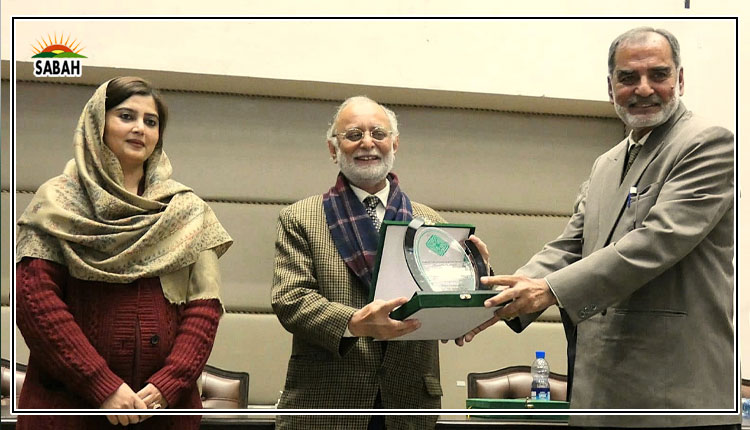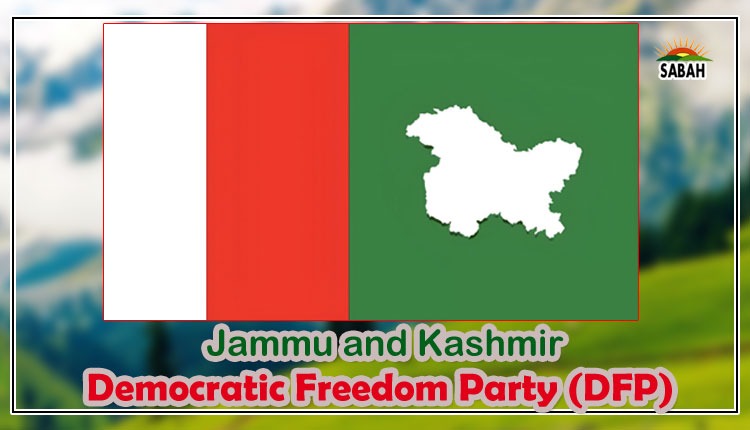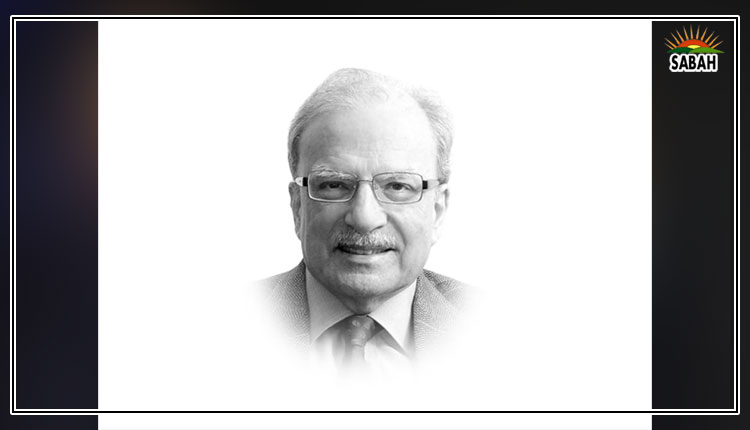Past lives ….. Muna Khan
IN the mid-1980s, our English teacher at school in Kuwait got us to read The Outsiders by S.E. Hinton. It’s set in rural America in the 1960s and tells the story about two rival gangs, the Greasers and the Socs, and a murder that causes fissures in their town. It is told by a teenage boy who sees himself as an outsider, and although it is about a time none of us private school children had any connection to, nor were we familiar with the topics in the book — financial hardship, class divide, violence — the book had a significant impact on us. We all felt like outsiders in some way or the other; in between children and adults, not in charge of our lives, and most importantly, not understood.
And then our teacher showed us the movie. Directed by Francis Ford Coppola in 1983, the cast featured Tom Cruise, Patrick Swayze, Matt Dillon, Emilio Estevez, C. Thomas Howell, Ralph Macchio, Diane Lane and even Hinton in a cameo. This is before any of the aforementioned were household names. The film resonated just as much, and we would watch it, and a host of other movies by filmmakers like John Hughes — described by a film critic as “the philosopher of adolescence” — on VHS tapes, on repeat. It did not matter that the cast of The Breakfast Club or Ferris Bueller’s Day Off, for example, was white and set exclusively in the US but the stories they told resonated with teenagers around the world. I’d watch these films maybe a year or two after they were released but it was a different time; we had no choice but to wait, there were no spoiler-style reviews, no social media posts, no influencers.
I was reminded of this while watching Brats, a documentary by actor Andrew McCarthy, a member of the Brat Pack, a term coined by a New York Magazine writer who reported on a new crop of Hollywood actors that were making films for a new teenage audience going to the cinema. However, the term would haunt this group who felt it impacted their careers as it portrayed them in a negative light. This is what McCarthy attempts to reconcile in this documentary, which proved a walk down memory lane. It was also a reminder of the age-old question: why does nostalgia hit so hard?
These films in the mid-1980s tapped into a new audience by portraying friendship in a way we hadn’t seen before; usually relationships were about romance, falling in or out of love. The Breakfast Club, for example, portrayed high school stereotypes but made it about unexpected alliances. These films explored what it meant to be young, not understood by elders, and the complexities of adolescence, a phenomenon I experienced in Kuwait as did friends in other cities. In today’s parlance, we felt ‘seen’ in these movies.
There is no going back because the world is different.
“When they see the 1980s films they’re thinking of their own youth,” McCarthy tells Rob Lowe in Brats. “And we are the avatars of that moment in their life and that is a beautiful thing.”
Nostalgia is a beautiful thing. One study showed that inducing nostalgia in a group saw positive feelings, “including higher self-esteem and an increase in the feeling of being loved and protected by others”. Another study showed that nostalgia can counteract the effects of loneliness. Nostalgia could provide a link “between our past and present selves” — that “it may provide us with a positive view of the past and this could help to give us a greater sense of continuity and meaning to our lives”.
But nostalgia, which is personal, ie, my response to a period of time, can prove dangerous when it is framed as a collective experience. The right-wing longs for good ole’ times before immigrants caused all the problems they believe their country faces. Pakistanis, too, want to go back to the time of their favoured political/army leader when things were rosy. Pray tell when was that time? Our nostalgia for this mythical time has created more harm than good.
There is no going back because the world is different. These 1980s films can’t be made today because audiences will not forgive racism, xenophobia, misogyny on screen. And that’s a good thing. Every generation has a pack and I suspect that influencers play a bigger role than actors, but I don’t think they command the staying power the Brat Pack does, 40 years on, warts and all.
The 1985 film St Elmo’s Fire may still be able to speak to generations today because it tackles a subject that we can relate to: the challenge of navigating the real world — especially after college. And it is about friendship, about showing up for each other — something I hope endures the test of time.
The writer is an instructor of journalism.
X: @LedeingLady
Courtesy Dawn, June 23rd, 2024












